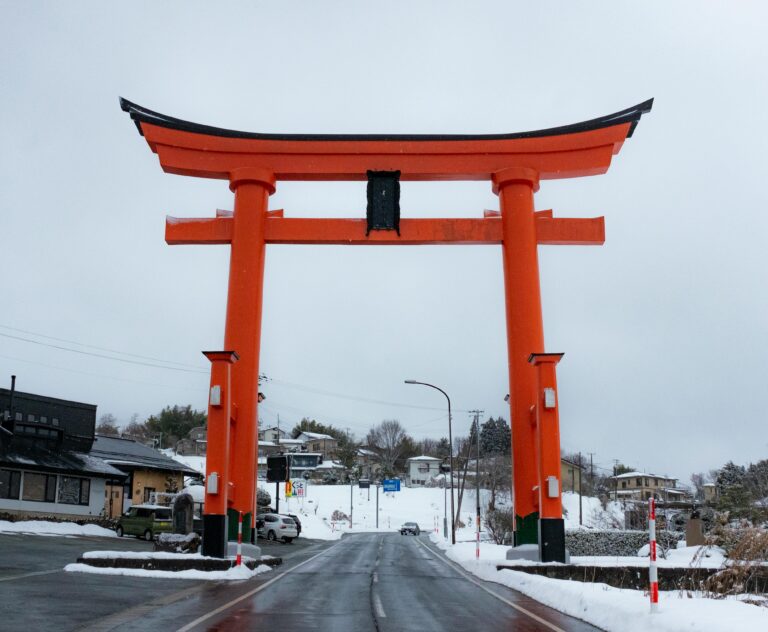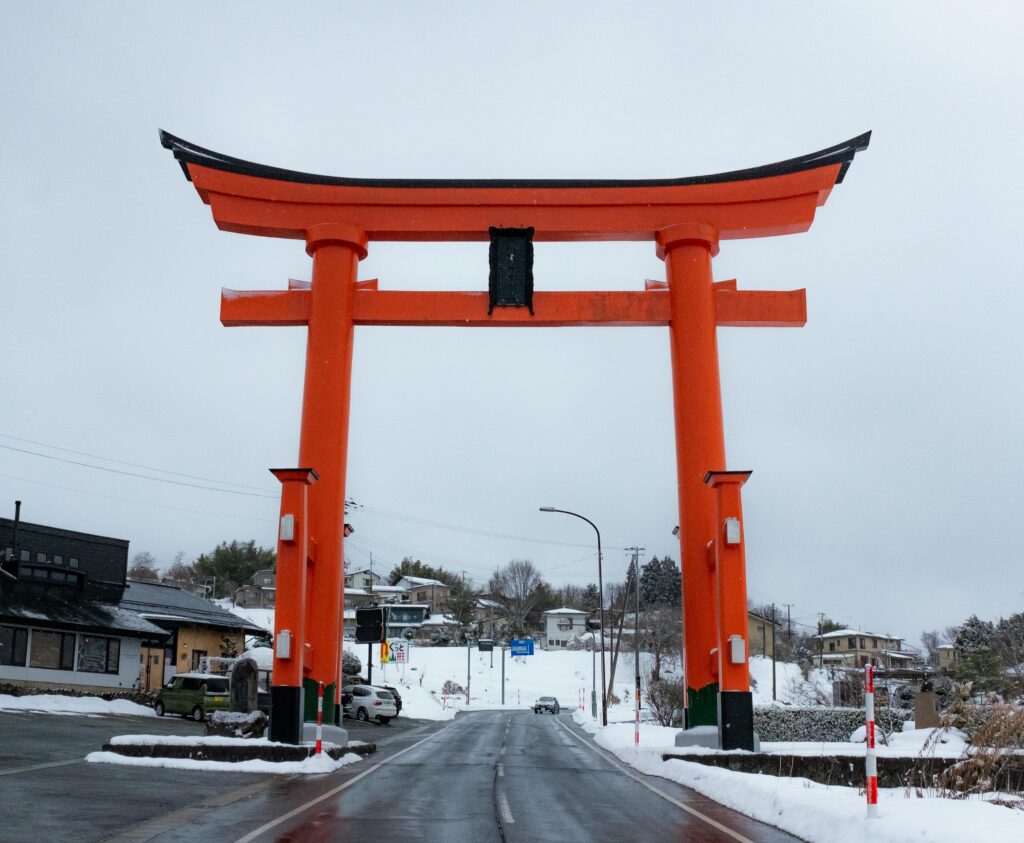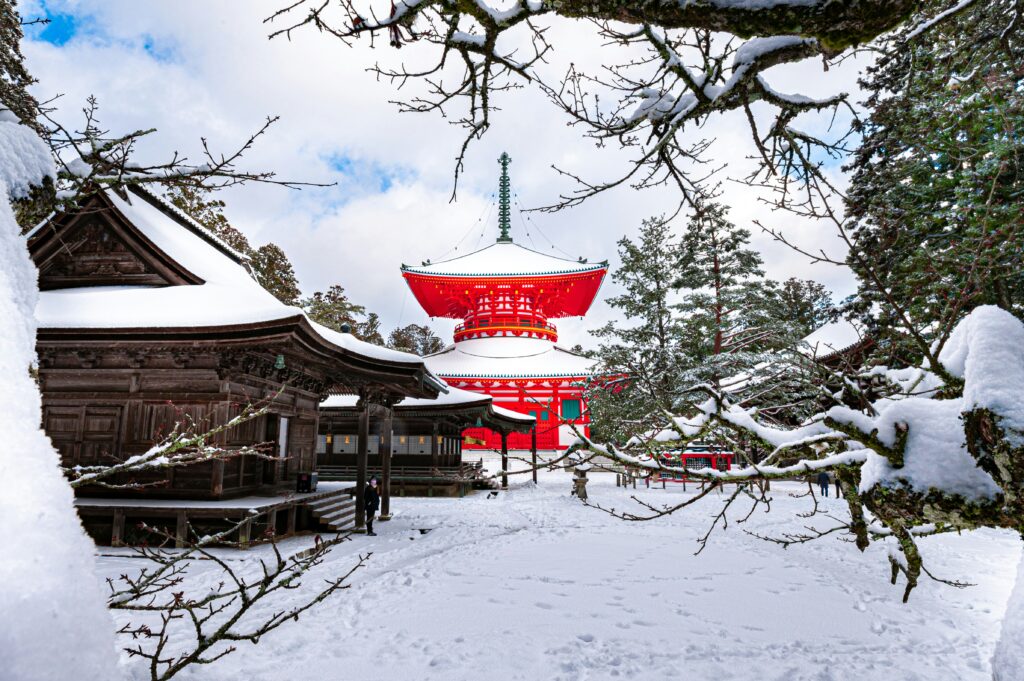Have you ever encountered Filipino words that sound like they could belong to another language? Many everyday terms in Filipino reflect the seamless fusion of Japanese and Philippine cultural elements.
Many of these words have roots in Spain. But did you know that the Filipino language also shares intriguing connections with Japan?
Languages are living, ever-evolving entities that reflect the cultures they touch. As they grow, they absorb elements from different societies, creating something uniquely their own.
This phenomenon is particularly evident in Filipino, a linguistic mosaic enriched by words from various cultures. Just as Spanish terms have integrated into everyday conversations, so too have Japanese influences.
For example, “Yume,” meaning dream, and “Mitsukoshi,” which evokes the experience of enjoying dinner and a show without leaving your table, symbolize the aspiration to create ideal living spaces while reflecting a blend of comfort and culture.
This is why the beauty of the Japanese language inspired FNG to choose these names for their real estate projects. The thoughtful symbolism behind these terms has found a meaningful home in the Philippines, enriching local developments.
While FNG uses Japanese words in a metaphorical sense, many terms have been directly borrowed from Japanese and integrated into the daily lives of Filipinos. Read on to learn more about the influence of Japanese culture and language in the Philippines through these Filipino words showing their foreign roots.
6 Filipino Words with Japanese Origins
The Filipino language is a blend of words from various cultural influences, with Japanese contributions a fascinating part of this mix. Below is a list of Filipino words with Japanese origins, showcasing and illustrating how the language evolved to accommodate these new words.
This list is not in any specific order, but each entry provides insight into these words’ history, pronunciation, and meaning in Japanese and Filipino contexts.
1. Dahan-dahan
- Japanese origin: だんだん (dandan)
- Meaning in Japanese: Slowly or gradually
- Filipino pronunciation: /da-han da-han/
- Meaning in Filipino: Slowly or carefully
The phrase “dahan-dahan” in Filipino means to take things slowly, whether it’s driving, handling delicate items, or approaching a situation with care. Its Japanese counterpart, “dandan,” carries a similar meaning, reflecting the concept of gradual progression or careful action.
2. Jack-en-poy
- Japanese origin: じゃんけんぽん (jankenpon)
- Meaning in Japanese: Rock-paper-scissors
- Filipino pronunciation: /jak-en-poy/
- Meaning in Filipino: Rock-paper-scissors
“Jack-en-poy” is a popular children’s game in the Philippines. It is used to decide turns or make choices. It originates from the Japanese game “jankenpon,” where “janken” refers to the hand signs of rock, paper, and scissors, and “pon” is the concluding shout.
3. Karaoke
- Japanese origin: カラオケ (karaoke)
- Meaning in Japanese: A form of entertainment where people sing along to recorded music
- Filipino pronunciation: /ka-ra-o-ke/
- Meaning in Filipino: A popular social activity involving singing with recorded music
Karaoke is integral to Filipino social culture, especially during gatherings and celebrations. Interestingly, there’s a common belief that a Filipino, Roberto del Rosario, invented the karaoke machine, but that honor actually goes to Japanese musician Daisuke Inoue, who created the first karaoke box in 1971.
The term “karaoke” is derived from the Japanese words “kara,” meaning empty, and “oke,” short for “orchestra,” reflecting the idea of singing to an “empty orchestra.”
4. Katól
- Japanese origin: 蚊取線香 (katori-senkō)
- Meaning in Japanese: Mosquito coil
- Filipino pronunciation: /ka-tol/
- Meaning in Filipino: Mosquito coil
“Katól” refers to the spiral-shaped mosquito coil used in Filipino households to repel mosquitoes. The word comes from from “Katori-senkō,” which combines “ka” (mosquito) and “toru” (to take), with “senkō” meaning incense.
This Japanese invention became widely adopted in the Philippines due to its effectiveness in tropical climates.
5. Tansan
- Japanese origin: 炭酸 (tansan)
- Meaning in Japanese: Carbonated water
- Filipino pronunciation: /tan-san/
- Meaning in Filipino: Bottle cap
In Filipino, the word “tansan” refers to the metal cap used to seal bottles, particularly those containing soda or beer. This word originates from the Japanese word “tansan,” which originally meant carbonated water.
As soda beverages became more common in the Philippines, the term “tansan” gradually shifted in meaning, coming to refer to the bottle cap instead of the drink itself.
6. Barabara
- Japanese origin: ばらばら (barabara)
- Meaning in Japanese: Hasty, scattered, or disorganized
- Filipino pronunciation: /ba-ra-ba-ra/
- Meaning in Filipino: Careless in work or actions; sloppy; haphazard; negligent
“Barabara” in Filipino refers to someone careless or haphazard in their work or actions. The word originates from the Japanese “barabara,” which conveys the idea of something being done hastily or in a scattered, disorganized manner.
This concept of disorderliness found its way into Filipino, albeit with a slightly stronger connotation of negligence or sloppiness, especially in tasks requiring attention to detail.
Magandang Hapon!
From “Dahan-dahan,” reflecting a gradual approach, to “Katól,” a practical household item, each word highlights how Japanese terminology has integrated into the Filipino vocabulary.
These adopted words show how languages evolve and adapt, incorporating elements from various cultures to create something uniquely ours. These Japanese-influenced Filipino words are more than just borrowed terms; they represent the shared experiences that shape communication.
If you’re intrigued by how Japanese influences can be incorporated into projects and designs, consider exploring FNG’s Japanese-inspired projects.
As a leading real estate company in the Philippines, FNG combines expertise in culturally resonant designs with a commitment to excellence, offering the best of both worlds between Japan and the Pearl of the Orient.
A prime example is The Observatory in Mandaluyong, which masterfully blends authentic Japanese design elements, such as a Genkan entryway and modular closets, with contemporary aesthetics.
Visit our contact page to learn more about our services and other projects.









